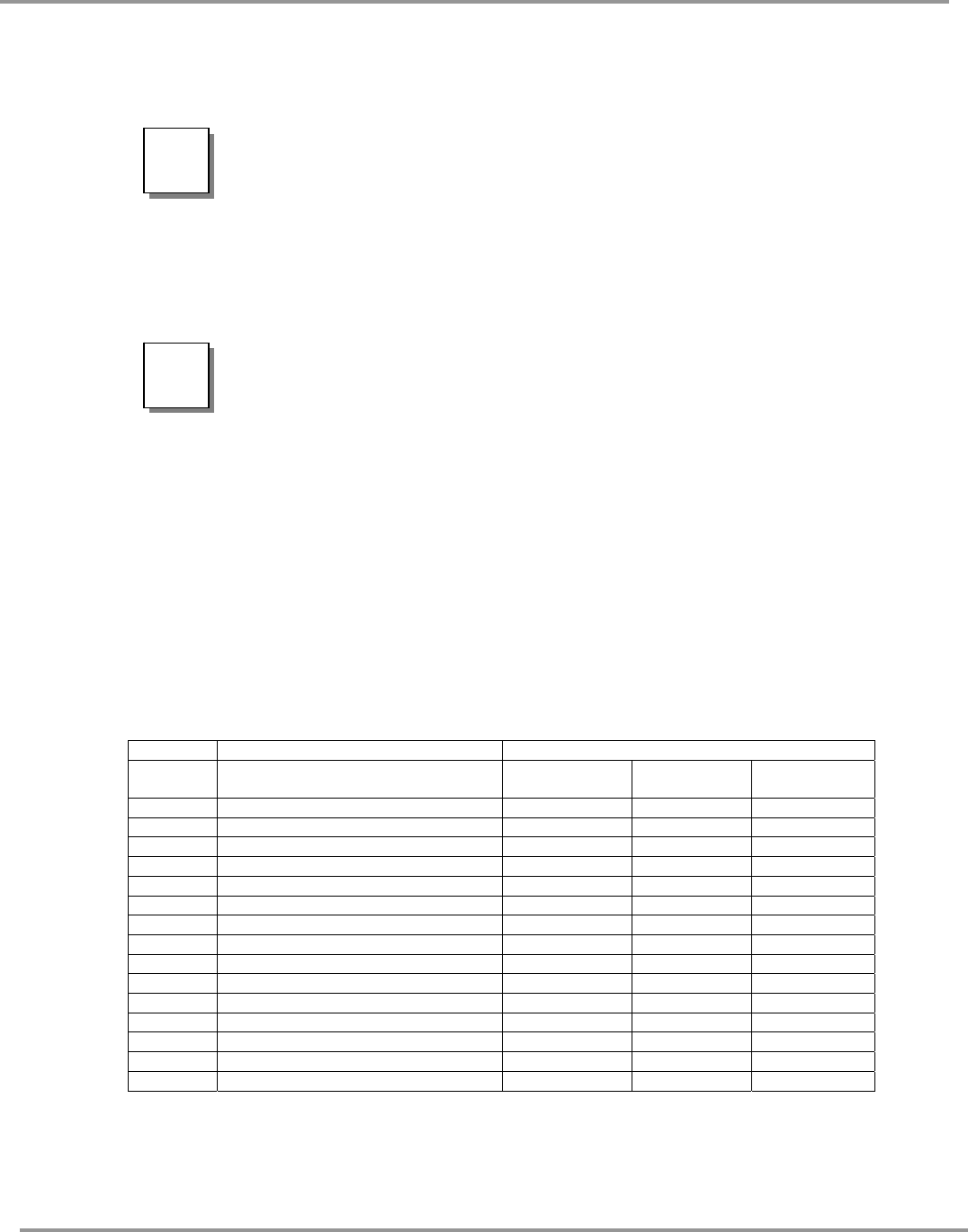Manual

Chapter 2: Prerequisites
Product Service 1-800-522-7658
6
Location Requirements
The fume hood should be located away from traffic patterns,
doors, windows, fans, ventilation registers, and any other air-
handling device that could disrupt its airflow patterns. All
windows in the room should be closed.
Support Requirements
DO NOT install the fume hood on a cart, dolly, or mobile
bench. ALL Protector Hood installations must be permanent
and stationary. The supporting structure usually consists of a
base cabinet or stand and chemically-resistant work surface.
Exhaust Requirements
The exhaust duct connection has been designed for 12" nominal duct (12.75" OD)
to allow for minimum static pressure loss while operating at 100 fpm face
velocities. The 12" diameter exhaust duct also allows for proper transport
velocities away from the hood in the 1000 fpm to 2500 fpm range. The proper
exhaust volume and static pressure loss are listed for each hood model:
Latched Sash Full Open 28"
Hood
Size
Standard Model Description Face Velocity
Exhaust
Volume
Static
Pressure Loss
4' 48" Protector XLE Hood 60 fpm 470 CFM 0.07" H
2
O
80 fpm 630 CFM 0.12" H
2
O
100 fpm 790 CFM 0.19" H
2
O
5' 60" Protector XLE Hood 60 fpm 620 CFM 0.10" H
2
O
80 fpm 830 CFM 0.18" H
2
O
100 fpm 1040 CFM 0.28" H
2
O
6' 72" Protector XLE Hood 60 fpm 770 CFM 0.12" H
2
O
80 fpm 1020 CFM 0.21" H
2
O
100 fpm 1280 CFM 0.33" H
2
O
7' 84" Protector XLE Hood 60 fpm 920 CFM 0.07" H
2
O
80 fpm 1220 CFM 0.12" H
2
O
100 fpm 1530 CFM 0.19" H
2
O
8’ 96" Protector XLEHood 60 fpm 1070 CFM 0.08" H
2
O
80 fpm 1420 CFM 0.14" H
2
O
100 fpm 1780 CFM 0.22" H
2
O
!
!










